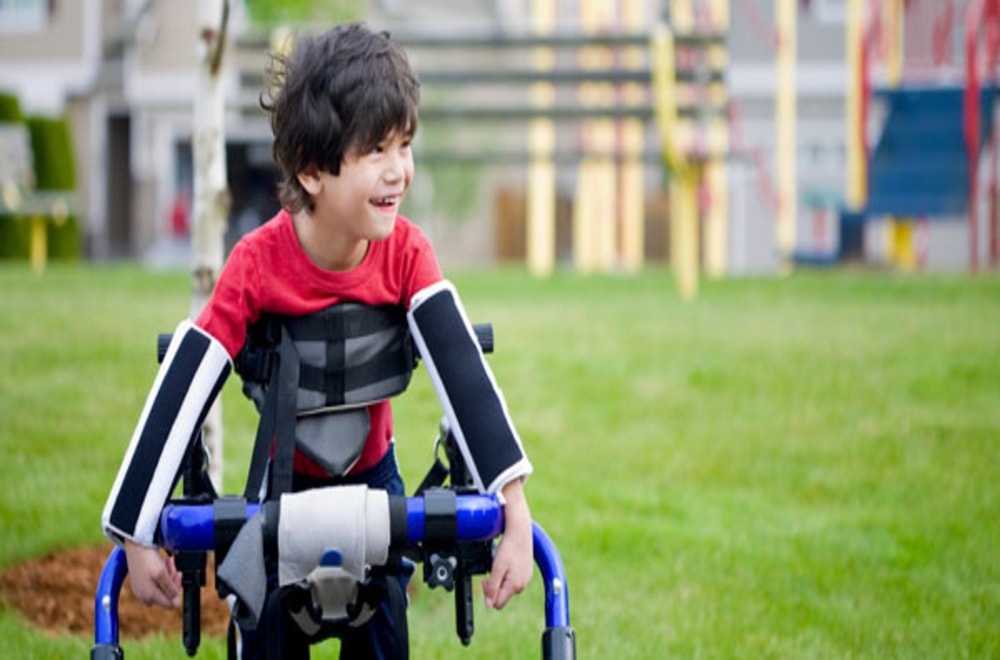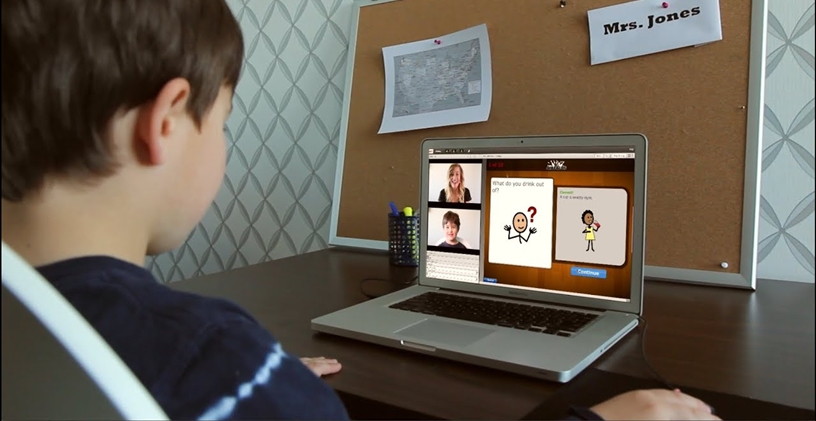What are the Symptoms of Cerebral Palsy?

Cerebral palsy is characterized by a collection of symptoms that range from mild to debilitating. If you have cerebral palsy, your symptoms can be similar—but more or less severe—than the symptoms experienced by someone else who also has cerebral palsy.
Symptoms of cerebral palsy involve any combination of the following: lack of muscle control, diminished coordination, trouble speaking clearly, cognitive deficits, and problems with chewing and swallowing.
Frequent Symptoms
A key feature of cerebral palsy is that the lack of development of normal abilities, in contrast to many other childhood neurological conditions, which are characterized by a decline in abilities.
Physical Weakness: Cerebral palsy manifests most commonly as a lack of deliberate control of some muscles of the body. The earliest symptoms can begin in early infancy.
Decreased Ability or Inability to Walk: Sometimes, children who have cerebral palsy do not crawl or walk as well as they should for their age. Some children are unable to walk or crawl at all, and some have a leg or a foot that drags. A child may also hold an unusual position when they walk.
Decreased Ability or Inability to Use Arms: Cerebral palsy can affect the movement of the arms or hands on one or both sides, making it difficult for children to hold or carry objects or to learn how to do things that require fine motor coordination, such as writing.
Learning Disability: Many but not all children who have cerebral palsy have learning delays, learning disabilities, or cognitive deficits. The specific problems can include slow learning, lower than average IQ or deficits in verbal, math, or spatial abilities.
Swallowing Problems: When cerebral palsy causes weakness of the face, mouth, or throat muscles, this can result in trouble chewing, swallowing, or speaking. Some children and adults with cerebral palsy may drool while eating or while at rest.
Slurred Speech or Spastic Speech: Speech patterns of people with cerebral palsy can be slurred or spastic, characterized by an irregular pattern of sporadically rapid, slow, quiet, or loud speech that may be difficult to understand.4 This occurs as a result of diminished muscle strength combined with diminished coordination that affects some children and adults with cerebral palsy.
Lack of Bladder or Bowel Control: Bowel and bladder control problems can include retention (inability to go when you want to) or incontinence (loss of control when you do not want to) or a combination of both.
Seizures: About 30% of people with cerebral palsy experience seizures, and generally, the more severe the cerebral palsy.
Rare Symptoms
Some people with cerebral palsy may experience less common symptoms.
Visual Deficits and Eye Problems: Decreased visual acuity in one or both eyes or a lazy eye may affect some people who have cerebral palsy.
Tremors and Tics: Some children with cerebral palsy may experience tremors of the face, arm, or other parts of the body while at rest or when attempting to move.3 If you or your child has cerebral palsy, you may experience episodes of involuntary (not on purpose) movements that fit the description of tics.
Sensory Deficits: Decreased sensation is not an uncommon complaint among people with cerebral palsy, but if you experience this symptom it may interfere with normal motor movement.5 It can also contribute to injuries if you do not feel painful sensations as you should.
Psychiatric Symptoms: Sometimes symptoms of agitation, aggression, anxiety, or hallucinations can develop among people who have cerebral palsy.
Complications
Over time, there are several complications that can occur as a result of the longstanding symptoms of cerebral palsy.
- Spasticity and Muscle Stiffness: When motor weakness is rooted in conditions that originate in a person’s brain, such as cerebral palsy, the affected muscles may eventually become stiff, spastic, rigid, or may develop contractures. This can result in further difficulty with muscle movement and coordination and may cause pain in the affected arms or legs.
- Atrophy: Atrophy, or thinning of muscles, can also develop if you have cerebral palsy. The condition is generally accompanied by a decrease in muscle tone, which appears as the softening or thinning of the muscle. Sometimes, despite thinning of the muscles, you might notice that people with cerebral palsy are overweight rather than underweight, due to their inability to exercise.
- Choking: Trouble swallowing food, drinks, and saliva can result in choking, coughing, or gagging while eating, drinking, or at rest.
- Aspiration Pneumonia: Choking on food may cause it to go down the trachea, which leads to the lungs, instead of down the esophagus, which leads to the stomach. When this happens, aspiration pneumonia, a lung infection, may occur. Aspiration pneumonia is a serious infection that can advance and cause sepsis or even death if it is untreated.
- Pressure Ulcers: Prolonged sitting or lying down without being able to adjust your position or regularly move your body can produce pressure on some areas of the body, eventually causing skin abrasions that may become infected.
- Bladder Infections: Urinary retention can lead to bladder infections due to the build-up of bacteria in the bladder when it does not regularly empty.
- Constipation: Prolonged sitting or lying down, combined with a lack of control of the muscles that control bowel movements, may contribute to constipation, which can be painful and may eventually cause problems such as hemorrhoids.
When to See a Doctor
Cerebral palsy is generally present at birth, but it might not be obvious right away. This is because cerebral palsy can cause a deficit in a number of skills that are not expected of a newborn infant. Some early signs of cerebral palsy that can be apparent in very young babies include choking while eating, not rolling over, and unequal movement of the left and right arms or legs. Another subtle symptom includes unusual posture of the body when your baby is lying at rest.
References
This article was written by Dr. Heidi Moawad. You can read the original text from here.







